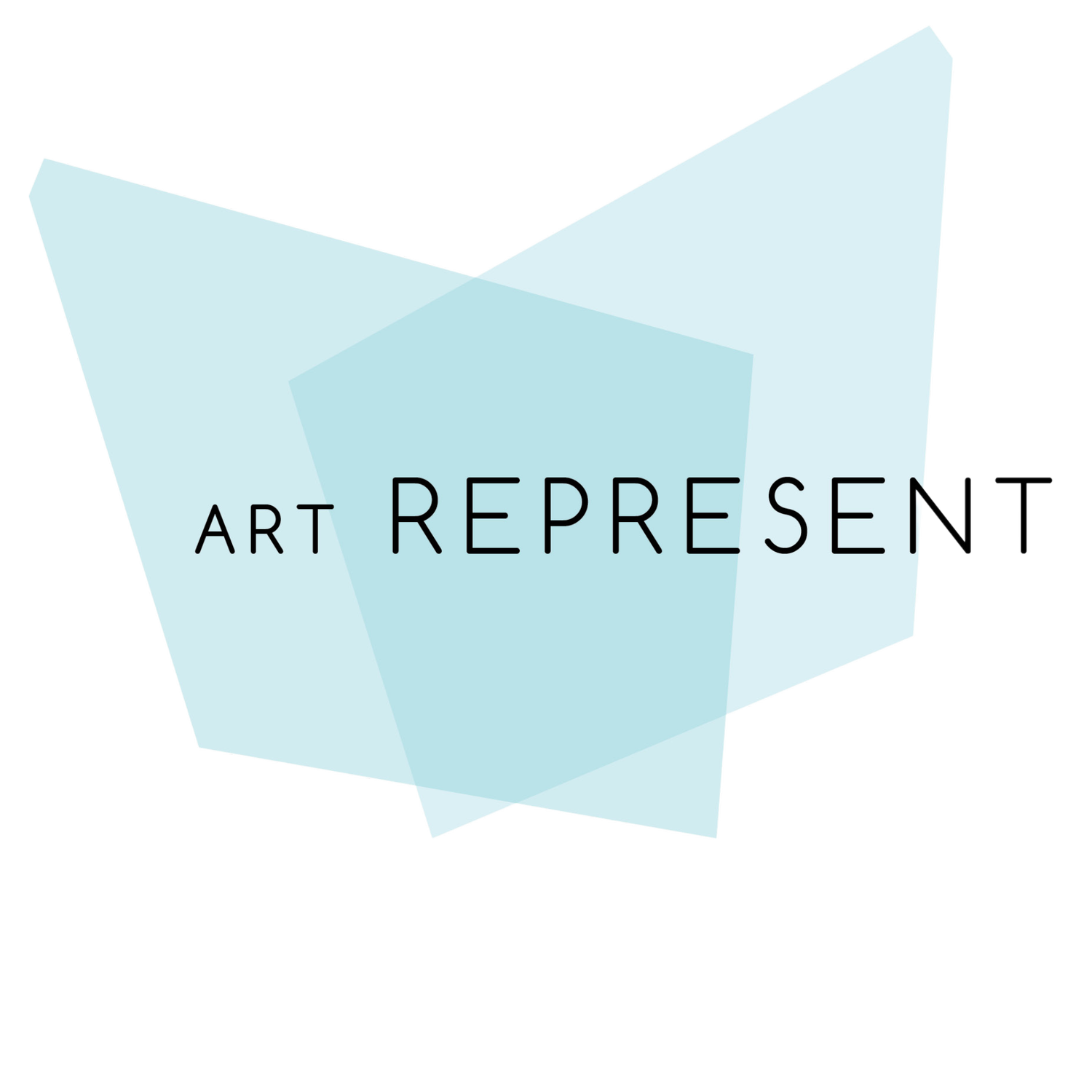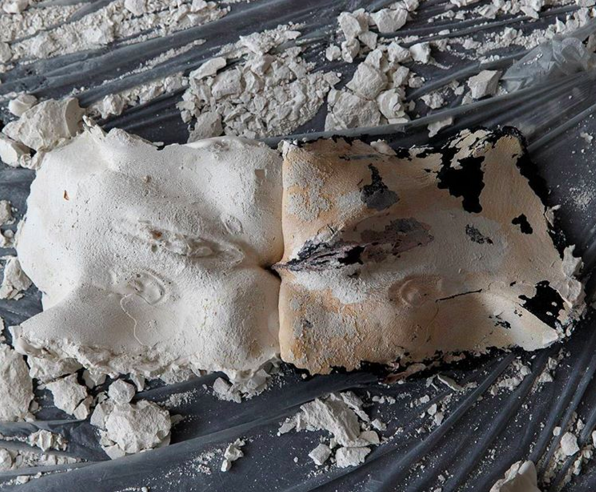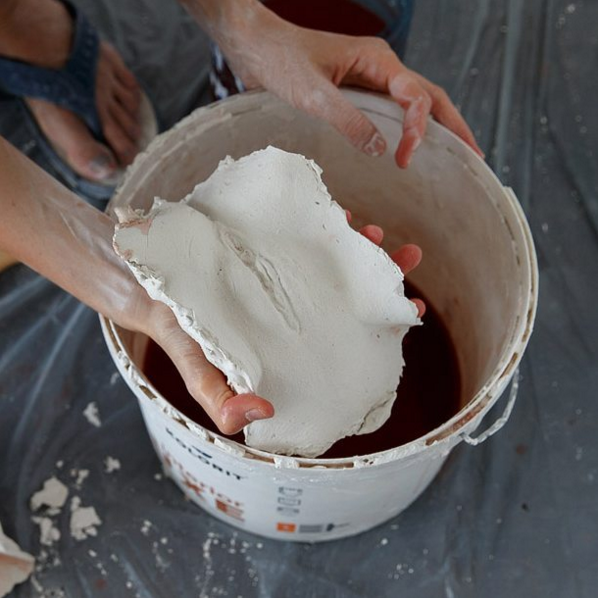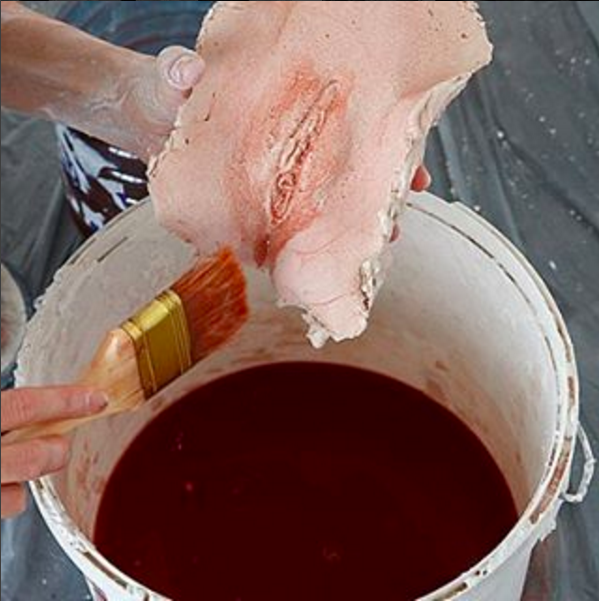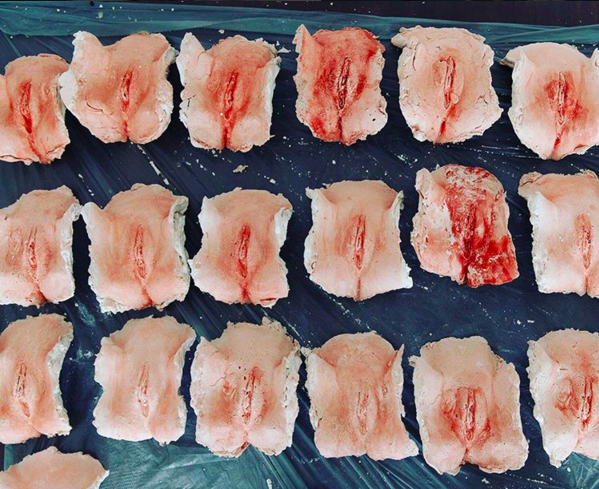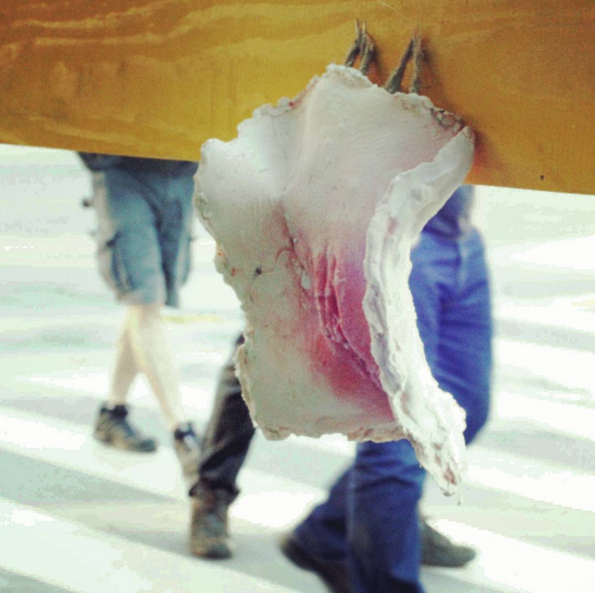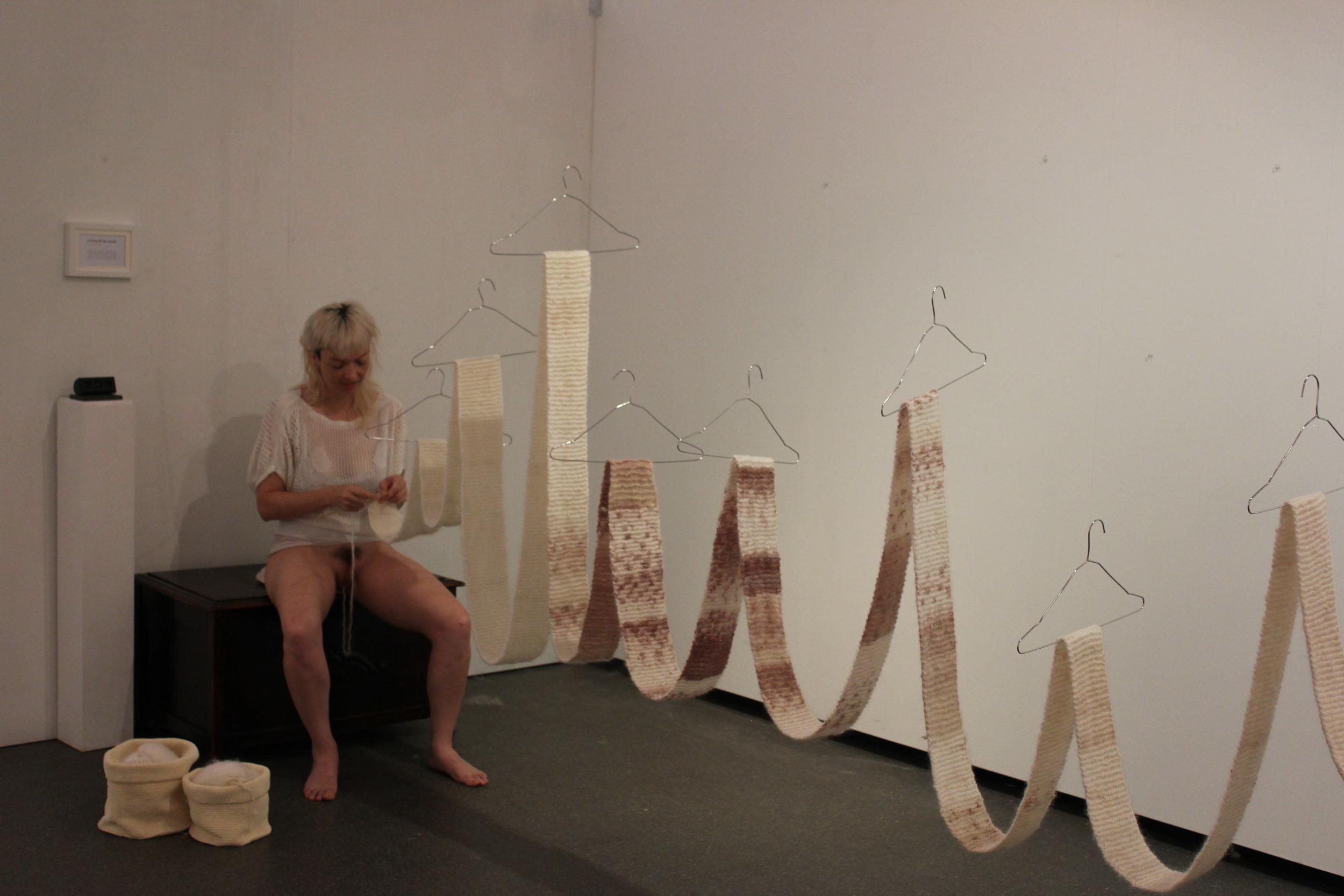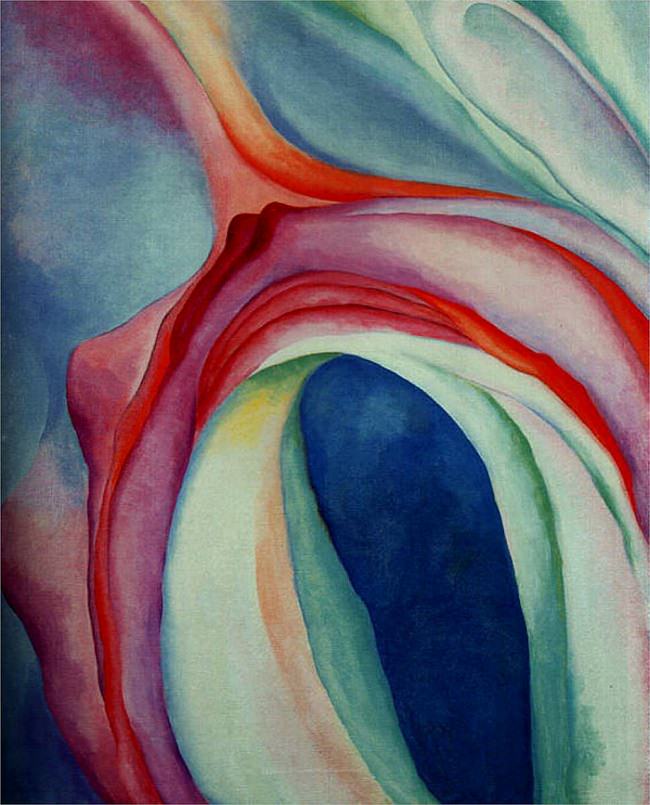




FLOWERS OF DEMOCRACY
FLOWERS OF DEMOCRACY
FLOWERS OF DEMOCRACY IS PART I OF OUR upcoming exhibition WITH ARTIST
Maria Kulikovska
The Flowers of Democracy (FoD) 2016 will be a continuation and expansion of the most prolific art action by artist Maria Kulikovska who originally launched this 'art action' in the summer of 2015 in Ukraine, as a way of highlighting the plight of women in the ongoing conflict in Eastern Ukraine.
The Flowers of Democracy 2016 aimed to take the concept beyond borders and spark a wider dialogue around gender equality and feminism by looking at the relationship between the private body and a wider political context.
We will continue the FoD actions every year and invite you to join us in our movement.
HOW TO MAKE A FLOWER OF DEMOCRACY
WANT TO GET INVOLVED?
We are looking for volunteers (female AND male) who want to get involved in the making and placing of the vaginal molds on the 1st May.
Not London-based? No problem - write, paint, tweet, or Instagram your support using the hashtag #flowersofdemocracy.
Organise workshops in your city and start the movement there!
For more information about Flowers of Democracy, the 9th of May exhibition or Art Represent please get in touch with Juliet den Oudendammer (julietdenoudendammer@artrepresent.com)
#FLOWERSOFDEMOCRACY
#ARTREPRESENTSUS

ABOUT FLOWERS OF DEMOCRACY
ABOUT FLOWERS OF DEMOCRACY
Kulikovska launched this 'art action' in the summer of 2015 in Ukraine, as a way of highlighting the plight of women in the ongoing conflict in Eastern Ukraine.
However, the concept behind FoD goes beyond the Ukrainian border and relates to the oppression of women everywhere. Women are still underrepresented in many different aspects of public life, including (inter)national politics, the media, the army, executive positions within corporations, and in the arts. Since its inception, Flowers of Democracy has grown into a organisation of female activists who are teaching women in Ukraine and beyond to take ownership and control over their own bodies.
Plaster casts of vaginas, or 'Pussies' as Kulikovska calls them, are placed in and around public places, like flowers in a flowerpot. As part of the 9th of May exhibition, Art Represent will help Kulikovska produce pink pussies created by activists, artists, and volunteers and place them in various secret locations around London on April 16, 2016.
"During the last 2 years the situation in my country, as in many other countries in conflict, has become more and more patriarchal. The position of women, especially in war areas, is so difficult. Ideas that the place of women is just in the kitchen, to take care of their men and give birth, are becoming more widespread. At the same time, our women are very active in the “backstage” aspects of war – all volunteer movements in Ukraine are held up on the shoulders of women. Our economy has still not fallen because our women really take care of the army, whilst at the same time, they work to provide money for their families and take care of their children without any social help from the state. Women are more and more becoming second class citizens in our society. Invisible and transparent, they do the work and create the glue that holds society together. Their work is not recognised. It’s beautiful, powerful and strong, they are the flowers of democracy." - From Maria Kulikovska's Artist Statement
WHY VAGINA?
Vaginas and pussies are so often taboos even in the most liberal of societal contexts. Within the sphere of contemporary art, the portrayal of vaginas (especially by women) is seen as contentious and even criminal. Japanese artist Megumi Igarashi was arrested twice for distributing digital templates of her vagina for 3D printing. Although you might come across plenty of female nudes or vaginas in museums and galleries, you have to ask how many of those were by women. In fact, how many pieces of art in museums or galleries overall are by women? And how many of them are by women of colour or women from regions disadvantaged by conflict and systematic oppression?
The physical organ and the very words - vagina/pussy - suffer from censorship and condemnation. The portal from which human civilization is birthed has somehow become synonymous to shame and weakness. The stereotyping of traditional gender roles shaped by a dominantly patriarchal society in most parts of the world has meant that to be feminized is to be weakened. The very word “Pussy” is a slang term for “a weak, cowardly, or effeminate man”.
The FoD aims question our ideas of gender roles and to encourage a more intimate and unashamed interaction with the vagina itself. To openly look at the private self of a woman’s body that continues to be discussed, controlled, and abused by external political circumstances; abortion rights, rights to contraception, to choose against Female Genital Mutilation, sex trafficking, and being second class citizens for simply being/identifying with being a woman.
But we should be embracing the female form rather than be ashamed by it. Reclaim the vagina and be empowered by it. Don't be afraid of the pussy!

VAGINAS IN ART
VAGINAS IN ART
Kulikovska's work fits in with a wider tradition of (female) artists using the vagina as a subject. Famous examples include Casey Jenkins, who inserted a skein of wool into her vagina and used knitting needles to unravel it in a 28-day long performance piece called "Casting Off My Womb" in 2013. British sculptor Jamie McCartney collected hundreds of casts labia to create the "Great Wall of Vagina" in 2014. Also in 2014, Japanese artist Megumi Igarashi successfully crowdfunded the 3D printing of a Kayak in the shape of her vagina.
Later this year, the Tate Modern will be hosting a retrospective of works by Georgia O'Keeffe, whose flower paintings have almost exclusively been interpreted as sexual, regardless of O'Keeffe's vehement resistance to this interpretation.
In an interview with The Guardian, Tate Modern's director of exhibition Achim Borchardt-Hume said " the decision to host a major O’Keeffe retrospective also came from an awareness that the contribution of women to 20th-century art was “still at risk of being overshadowed by men”.

ABOUT MARIA
ABOUT MARIA
MARIA KULIKOVSKA
Born 1988 in Kerch, Ukraine, Maria Kulikovska received a masters degree in Architecture and Fine Art from the National Academy of Art and Architecture, Kiev. She has won several prestigious prizes including the Cultural Capital in Umeå, Sweden (2014), the RutaRuna Project for young artists from Ukraine and Sweden (2013), and the PinchukArtCentre Prize 2013 nominee.
Maria founded «Body and Borders», an international feminist organisation where she works with her wife and partner Jaqueline Shabo. The organisation aims to support and promote female artists. The nucleus of Mariia Kulikovskaya’s work is her own body, its perpetuation, its transformation and its decay.
Throughout her oeuvre, the idea of her body is transformed into architectural structures made from natural materials, such as salt, milk or sugar, in order to deal with ideas of production, construction and de-construction.
PRESS:
